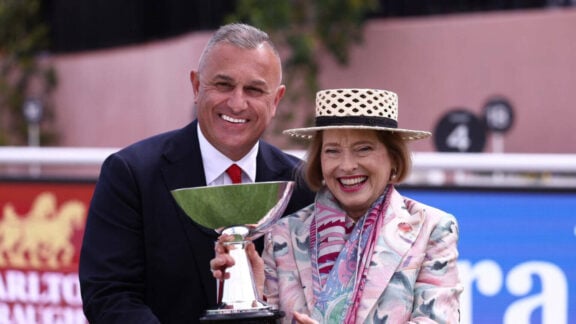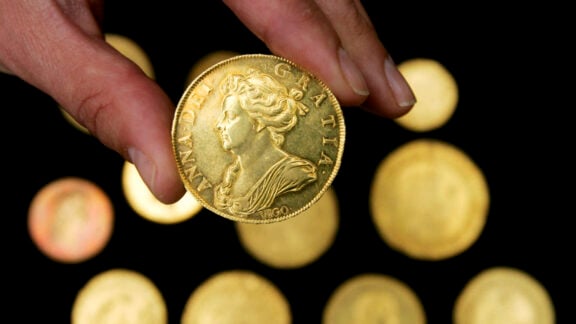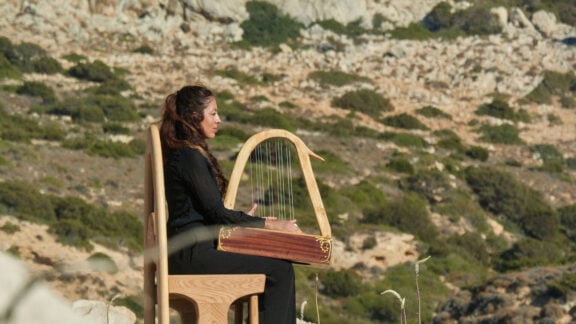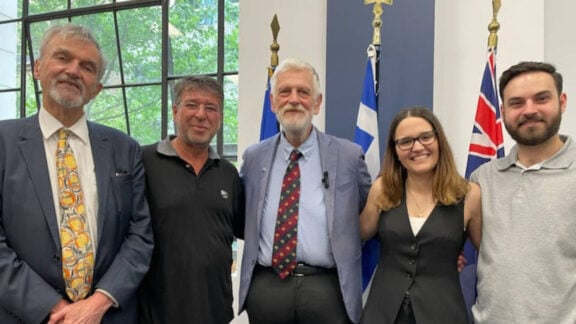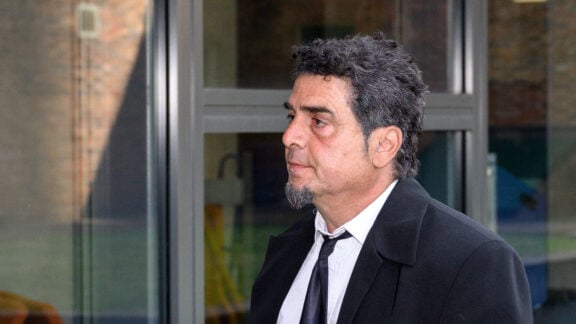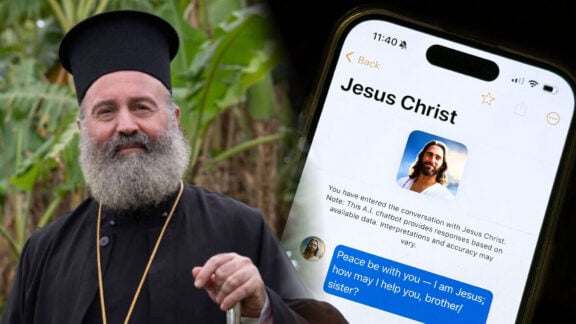Since 1992, only two Liberal Party opposition leaders have won state elections in Victoria. Only Jeff Kennett scraped together a majority of seats in Victorian Parliament to be re-elected in 1996, before his shock defeat in 1999. The other opposition leader, Ted Baillieu, who was elected in 2010, didn’t even make it through his full term, after a coup by the right of his party.
For many within the Liberal Party, this example coupled with the political successes achieved under Jeff Kennett, is evidence that the Kennett era approach to politics is truly the winning formula. They may indeed be correct, in a state where over 60 per cent of voters were baby boomers or older. In 1992, Melbourne was a provincial city, with just over three million people calling it home. Nearly a quarter of its residents had parents who were born overseas and the largest ethnic groups were Italian and Greek.
Only 7 per cent of today’s millennials were born and the eldest had not even started primary school. When Ted Baillieu won in 2010, Victoria was on the way to becoming a global metropolis, 18 per cent of the voters’ roll was millennial, whilst baby boomers and older had declined to 56 per cent.
But even back then, Victoria was still a political landscape that provided the Liberal Party with enough electoral potential to enable a victory, even with the slightest of majorities. This suggests that in 2010, Victoria’s political centre was slightly to the right, and Ted Baillieu was precisely the type of conservative that Victorians were comfortable with.
The Liberal Party needed more like Ted Bailleu to fill the Victorian Parliament, Liberals who were socially progressive and economic conservative. Instead they headed in the other direction, towards a form of politics that is more at home in the socially conservative bible-belt state of Mississippi.
It was a critical error.
Victoria was changing and its political centre was shifting slightly to the left, pushed by a massive influx of millennials who grew up with an eye out towards the world, embracing its diversity and complexity. This year, over 1.5 million millennials are enrolled to vote in Victoria. They are on par with baby boomers and older Victorians who now only number just over 39 per cent of the Victorian voters roll.
At Redbridge, we have been regularly polling Victorians since 2019. What we have observed during that period illustrates a deep generational disconnect between millennials and the Victorian Liberals. They only secure around 1 in 5 within this age cohort.
Their traditional opponents, the Labor Party, secure two in five, with the remainder now choosing to opt for minor parties and independents. The Liberal Party does a lot better with baby boomers and older Victorians, securing in some parts of this state nearly three out of five of that generation.
You don’t have to be a demographer to realise that the Liberal Party’s political stronghold is literally dying out. Hence, the safest Liberal Party seat, Narracan, has a median age over 40. On the other hand, most of Labor’s safe seats have a median age in the low 30s, similar to that of the Greens.
Melbourne is also a lot more diverse. The parents of nearly 50 per cent of Melbournians in 2022 were both born overseas, doubling the 1992 figure. Melbourne is now a global city, mostly populated by people who have a connection to someone overseas. It has a greater cultural connection to Asia than the UK. Its population is better educated, combining both young professionals and migrants who now dominate this city’s economic heart.
Yet, the Liberal Party has seemingly ignored this shift and this group, running campaigns in Victoria more appealing to voters in Narracan than the diverse, cosmopolitan, globalist suburbs of Hawthorn, Bentleigh, and even Craigieburn.
The surprise loss of Hawthorn at the last state election (and a number of other seats) demonstrates that something within the culture and ideology of the Victorian Liberal Party needs to change to resonate with its changing audience. They need to embrace a more compassionate and relevant form of conservative politics. I believe they are capable of making this change but they need to recruit the talent now occupying Australia’s boardrooms and not right-wing culture warriors.
Anecdotally, this idea is not popular within the Liberal Party, particularly to those who remember the Kennett days fondly. And, while they continue to hope Victoria will see a conservative renaissance, the most recent Newspoll has the combined Liberal Party and National Party vote at just 37 per cent, almost unchanged from the drubbing it received in 2018.
Without a substantial shift that resonates with a voter cohort that continues to confound Party strategists, the Liberals will most likely fail to win any seat that contains a large number of millennials, with the odd exception like the state seat of Pakenham, which houses a large number of British ex pats.
At least they have their memories of the good times.


